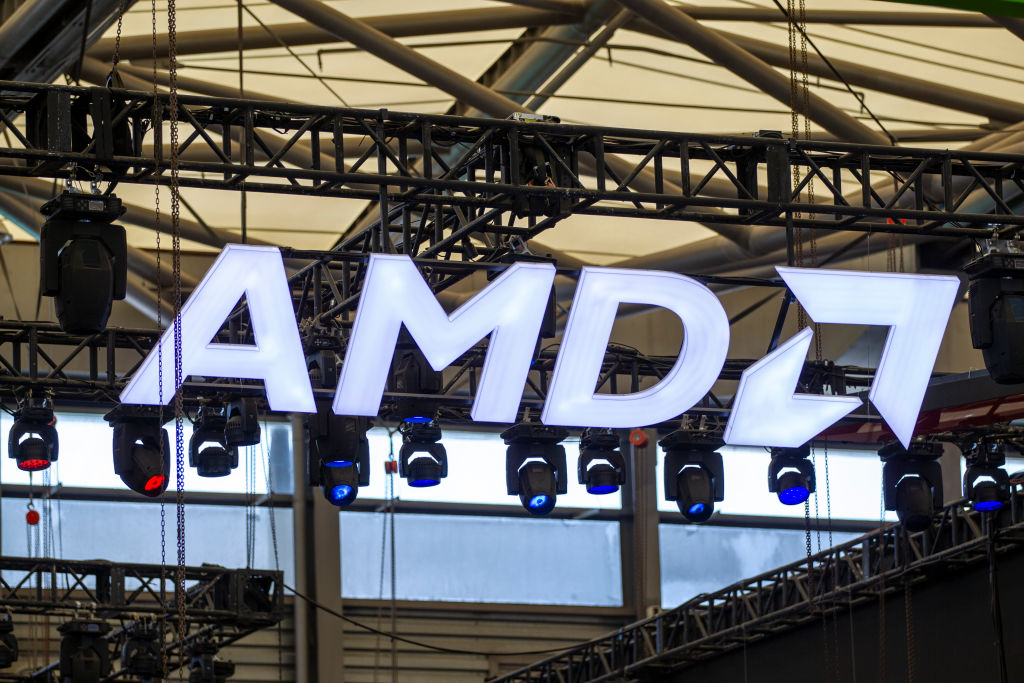AMD Anticipates $800M Loss from New US AI Chip License Regulations
The recent announcement from AMD regarding the U.S. government’s license control for exporting AI chips to China and other nations has raised significant concerns about its financial implications. This new regulation could have a substantial impact on AMD’s earnings, particularly affecting its inventory and operational commitments.
Potential Financial Impact on AMD
In a filing with the SEC on Wednesday, AMD revealed that failing to secure the necessary export licenses could lead to losses estimated at approximately $800 million. This amount pertains to inventory, purchase commitments, and related reserve charges associated with the company’s MI308 GPUs.
Details on the Export License Requirement
AMD stated, “On April 15, 2025, [AMD] completed its initial assessment of a new license requirement implemented by the [U.S.] government for the export of certain semiconductor products to China (including Hong Kong and Macau) and D:5 countries.” The company highlighted that the export control directly affects its MI308 product line and expressed intentions to apply for the required licenses, although there is no guarantee of approval.
Market Reaction to Export Controls
Following the announcement, AMD’s shares experienced a decline of around 6% during early morning trading on Wednesday. This downturn reflects investor concerns surrounding the new export regulations and their potential ramifications.
Impact on Other Chipmakers
The export controls are not only affecting AMD but also its main competitor, Nvidia. In a recent filing, Nvidia projected charges of $5.5 billion due to these export restrictions in the first quarter ending April 27. This highlights the broader implications of the U.S. government’s decision on the semiconductor industry.
Government Concerns Over National Security
Officials from multiple government agencies have voiced concerns over the necessity for stricter export controls on U.S.-manufactured GPUs. The rationale behind these regulations is to prevent China-based companies, particularly in the AI sector, from accessing advanced chips that could undermine U.S. leadership in artificial intelligence and pose risks to national security.
A spokesperson from the U.S. Commerce Department stated, “The license requirement is in service of the President’s directive to safeguard our national and economic security.” This underscores the government’s commitment to addressing potential risks associated with technology exports.
Conclusion
As AMD navigates these new export regulations, the company’s future earnings and market position may hinge on the successful acquisition of the necessary licenses. Stakeholders will be closely monitoring developments in this area as the semiconductor industry adapts to the evolving regulatory landscape.







